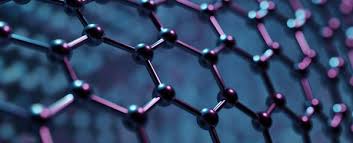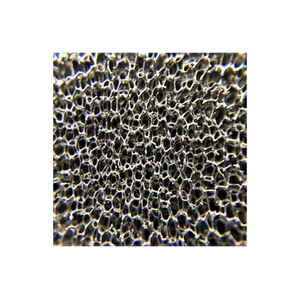Graphene is a two-dimensional material that has been hailed as the future of materials science due to its unique properties, such as high strength, thermal conductivity, and chemical stability. However, whether graphene can replace plastic in the near future remains a question that is attracting significant attention from researchers and industry experts alike.
(will graphene replace plastic)
Plastic is one of the most widely used materials in the world, with applications ranging from packaging to construction to electronics. While plastic provides numerous benefits, it also has a number of drawbacks, including environmental pollution, habitat destruction, and contribution to climate change. These factors have led many scientists and policymakers to call for a transition away from plastic and towards more sustainable alternatives.
One of the main challenges in replacing plastic with graphene is the cost. Graphene is currently expensive to produce on a large scale, which makes it difficult for it to compete with cheaper alternatives like plastic. Additionally, while graphene has promising properties, it may not be able to completely replace the mechanical and chemical properties of traditional plastics, making them unsuitable for some applications.
Another challenge is the lack of widespread acceptance of graphene technology. Many people are skeptical about the safety and efficacy of graphene products, especially given concerns about their potential health effects. Furthermore, the process of producing graphene requires a significant amount of energy, which could make it difficult to produce enough of the material on a large scale.
Despite these challenges, some experts believe that graphene has the potential to play an important role in reducing our reliance on plastic. One approach is to develop new materials that can mimic the properties of graphene but at a lower cost and without the associated risks. For example, researchers have developed a type of plastic called polyimide, which combines the flexibility and durability of plastic with the high strength and stiffness of graphene.
Another approach is to use graphene in more innovative ways. For example, researchers are exploring the use of graphene in electronic devices, such as sensors and transistors, where it can help improve performance and reliability. Additionally, graphene is being used in the production of new types of textiles and other materials, where its unique properties could lead to improved performance and sustainability.
(will graphene replace plastic)
In conclusion, while graphene does offer many potential benefits over traditional plastics, it will likely take time before it can fully replace plastic in the coming years. This is because graphene is still relatively expensive and has limited applications compared to traditional plastics. However, with continued research and development, it is possible that we will see a gradual shift away from plastic and towards more sustainable alternatives. Ultimately, this transition will require collaboration between researchers, policymakers, and industry leaders to ensure that we create a safer, healthier, and more sustainable world for generations to come.
Inquiry us




